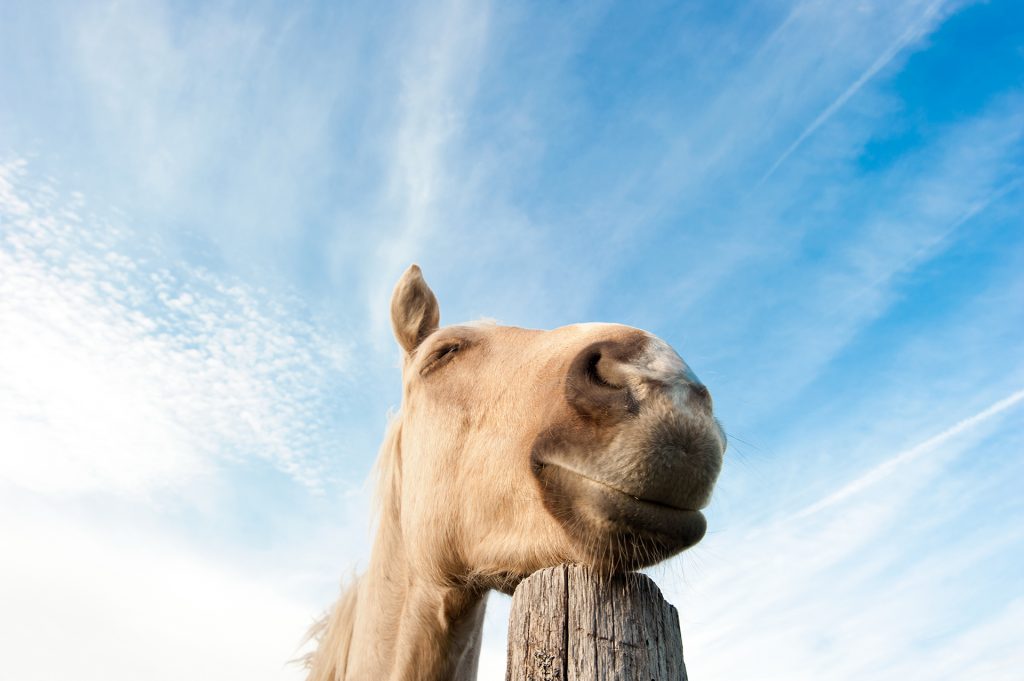A little while ago I asked people "What's Your Next Step"?
One of my students from years ago, before I moved, emailed me a reply.
But she also reminded me of a tip I once shared with her, that you may find useful.
She said: "We had to cross a bridge, which had been a bit problematic for the previous student (on the same horse), so you told me about that and said don’t even think about it. Just keep riding with your focus on the other side and know you’ll both be crossing over.
And we did.
Not one hiccup!
The power of positive thinking, The Law of Attraction, clear visualization … and a horse picking up on all of it?
Take your pick but this practice has helped me more than a few times!"
In this case her next step was to be on the other side of the bridge.
One could argue that her next step was the left front foot lifted 12" (30cm) to step up onto the bridge. Followed by the next 8 or 10 steps needed before the 12" drop down on the other side.
But this was not a horse show bridge. This bridge was made of 3 12"x12" (30cm x 30cm) creosote covered timbers, about 10' (3m) long. They spanned a steeply sided ditch that was about 6'(2m) deep in the middle.
On either side of the bridge approach grew tall grass. As the bank went down into and up out of the ditch the bushes growing alongside the bridge got taller.
So in effect, it did not appear that there was a gaping chasm of doom that a horse could disappear into.
That's exactly what would happen if the horse strayed to the left or right, instead of staying in the middle of the bridge.
So in this case, the next step that mattered was the one that saw her safely on the ground on the other side.
But whether your next step is 1" (2.5cm) forward, 12" (30cm) up, or 10' (3m) ahead of you, you need to make that one step to get where you're going.
You need to have a plan, and execute.
What she left out of that description was that she had one more thing. In addition to the power of positive thinking, The Law of Attraction, and clear visualization. And I agree, the horse does pick up on all of that.
What she also had was a specific set of aids I had taught her, communicating her wishes.
- Eyes up and looking forward to her destination.
- Legs lightly closed (gently hugging the horse) suggesting forward and also ready to increase one or the other as a block if any sideways movement was felt.
- Hands maintaining a light contact and held a little wider apart, creating a funnel to ride the horse forward through.
The contact and hands wide helps to block unwanted bend of the neck. When the neck bends it can allow a shoulder to escape sideways, making it easier for the horse to fall off the bridge.
Do you know your next step?
Let me know if you need any help with the skills to help you succeed.
The Working Equitation Mastery (for the rest of us) Program will teach you all the skills you need for Working Equitation obstacles and dressage.
These are the same skills that will see you safely and successfully through any tasks you set for your horse.
You CAN learn how to improve your horse's skills from online courses and tips such as these.
But only if you implement.
So when you read my articles write down the steps or thoughts that come to mind as a reminder for what you're going to try in your next ride.
Come on back when you're done and let me know how it went.


I have to admit that I especially enjoyed the picture of you and Pride because I can SO relate! I had an angel of a sorrel gelding that cared for me as a child and I circumvented my un-horsey background because I had to. And I am Still horsing around at age 72. I am sure that my dressage mare would be curious about applied activities and obstacles, and I hope that will improve her willingness to partner with me rather than trying to over-think and control what we are doing.
Childhood horses are the best 🙂
Glad you stuck with it.
Working Equitation is so good for the mind and body of dressage horses.
When you’re specific about what you’re asking her to do, she will be less inclined to feel the need to lead.